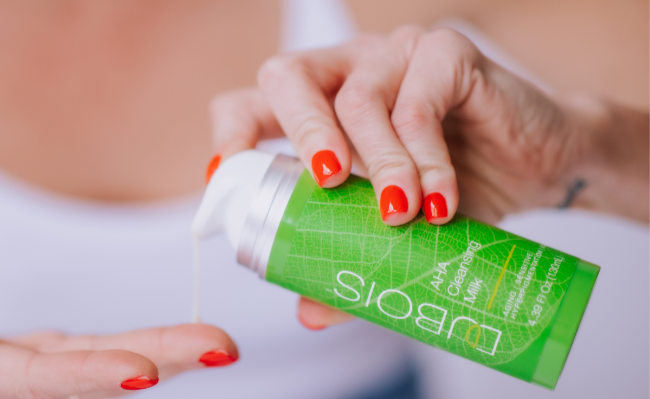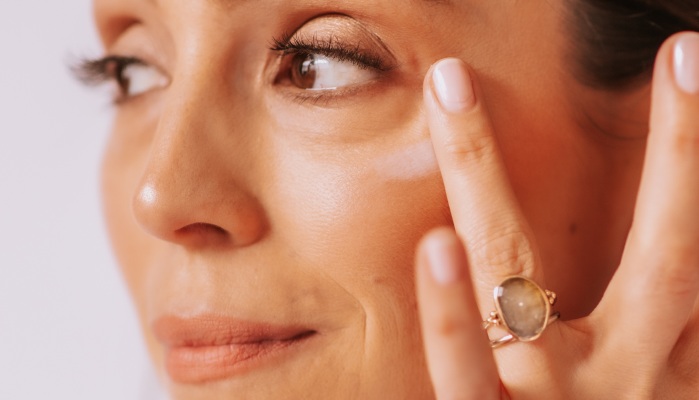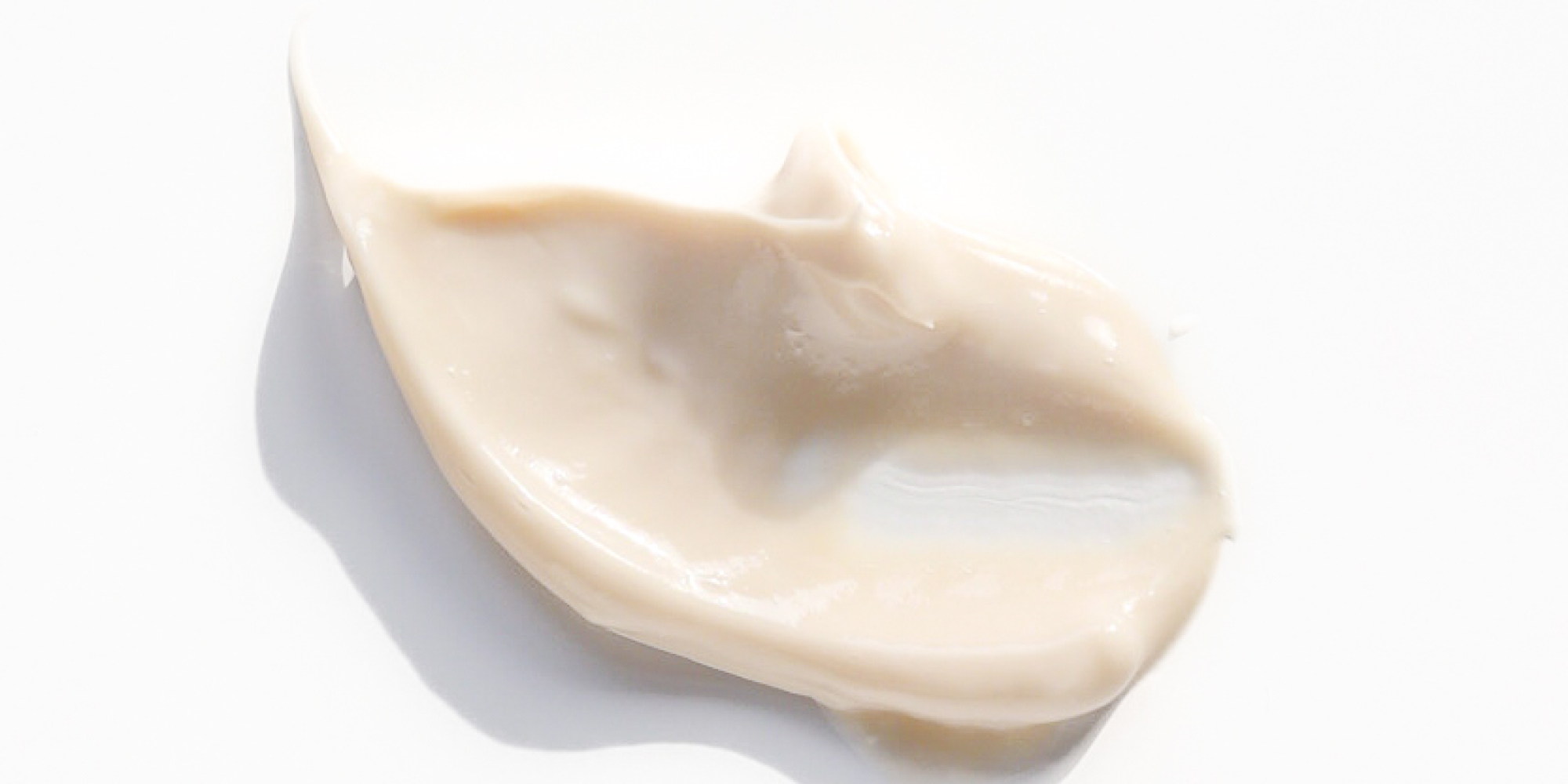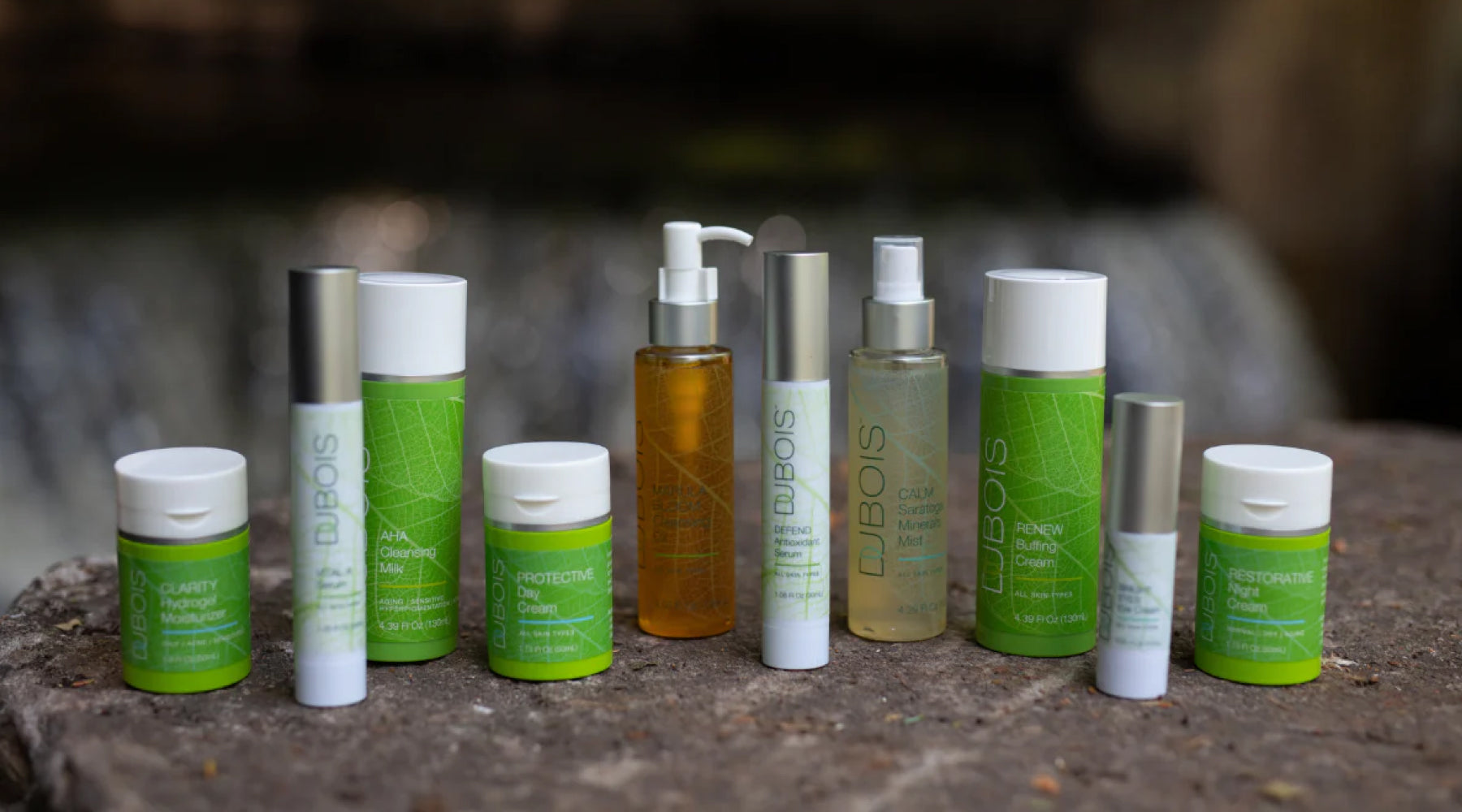
Different Types of Hormonal Acne
Hormonal Acne Types Explained
Hormonal acne is more than just a cosmetic concern—it's a reflection of internal imbalances that affect the skin’s health. Whether it’s the deep, cystic breakouts along the jawline or recurring flare-ups on the back and shoulders, understanding the different types of hormonal acne is key to effective treatment.
In this blog, we’ll explore:
What triggers hormonal acne
The different types of breakouts
How to identify your acne type
Why a customized approach works best for lasting results
Let’s dive in.

What Triggers Hormonal Acne?
Hormonal acne is caused by fluctuations in hormones that affect oil (sebum) production, inflammation, and skin cell turnover. This can happen during different life stages, including:
Puberty vs. Adult-Onset Acne
- Puberty: Increased androgens (like testosterone) stimulate oil glands, leading to clogged pores and breakouts, often on the T-zone (forehead, nose, chin).
- Adult-Onset Acne: Often appears in women over 25 and is typically linked to hormonal shifts from stress, menstrual cycles, pregnancy, perimenopause, or underlying conditions like PCOS. These breakouts often occur on the chin, jawline, and lower face.
Hormonal Imbalance Factors
- Androgens: Increase oil production
- Estrogen fluctuations: Can impact inflammation and skin sensitivity
- Cortisol (stress hormone): Triggers inflammation and breakouts
- Insulin resistance or high glycemic diets: May worsen acne
Types of Hormonal Acne
Cystic Acne
Deep, painful lumps under the skin, typically on the chin, jawline, or lower cheeks. These are the hallmark of hormonal acne and can leave scars or post-inflammatory pigmentation.
Chin and Jawline Breakouts
These stubborn breakouts occur along the lower face, often in sync with the menstrual cycle. They are usually inflamed, red, and sometimes cystic.
Back and Shoulder Flare-Ups
Hormonal acne isn’t limited to the face! Some people experience acne on the back (bacne) and shoulders, which may flare up due to sweat, stress, or tight clothing.
How to Identify Your Acne Type
Symptoms and Severity
- Mild: Occasional pimples, mostly blackheads/whiteheads
- Moderate: Inflammatory lesions (papules, pustules), mostly around the chin/jawline
- Severe: Deep, painful cysts or nodules, often leaving marks or scarring
If you experience persistent or cyclical breakouts, especially in the chin/jawline area, it’s likely hormonal.
When to Consult a Skincare Expert
If your acne is:
- Painful
- Leaving dark marks or scars
- Resistant to over-the-counter products
- Impacting your confidence
…it’s time to seek professional help. At Complexions Spa, we offer Wellness Consultations to assess your skin, lifestyle, and hormonal factors. Together, we’ll create a plan tailored to your needs.
Tailoring Treatment Based on Acne Type
We believe in a gentle, science-backed approach to managing hormonal acne. While harsh treatments like benzoyl peroxide or long-term antibiotics can disrupt the skin’s microbiome, we focus on balancing and calming the skin with targeted ingredients:
- Niacinamide (4% in Clarity Hydrogel):
- Helps regulate oil production
- Reduces inflammation and redness
- Fades post-inflammatory hyperpigmentation (PIH)
- Acts like a natural antimicrobial, similar to clindamycin, but without the risk of antibiotic resistance
-
Willow Herb Serum: Contains Dendriclear™, a cutting-edge microbiome-balancing ingredient that supports skin’s natural defenses while calming irritation and reducing acne-prone activity.

- Lactic, Salicylic, and Polyhydroxy Acids: Gentle exfoliants that unclog pores, refine texture, and promote skin clarity without over-stripping.
Additional Treatments We Recommend:
- Clarifying Facials: Deeply cleanse pores, reduce oil, and calm inflammation.
- Chemical Exfoliation: Gently resurfaces the skin, improves texture, and supports cell turnover.
- LED Light Therapy: Reduces inflammation and promotes healing.
- Microneedling (for post-acne scarring, not active acne): Improves texture, minimizes scars, and boosts collagen.
What We Don’t Recommend for Acne Treatment:
Benzoyl peroxide – Can disrupt the skin barrier and microbiome
Oral antibiotics as a long-term solution – Risk of resistance and microbiome disruption
Dairy and high-glycemic foods – Can contribute to excess oil production and inflammation, potentially worsening acne
Over-cleansing or using harsh scrubs – Can strip the skin, leading to increased oil production and irritation
The Bottom Line
Hormonal acne requires a holistic, gentle, and targeted approach. By understanding the types of hormonal acne and using products like Clarity Hydrogel (4% Niacinamide) and Willow Herb Serum, you can support your skin in finding balance—without harsh chemicals or medications.
At Dubois Beauty, we’re here to guide you every step of the way. Schedule an online or in person consultation with our team to create a customized plan for your skin. Let’s restore your skin’s clarity, calm inflammation, and boost your confidence!




